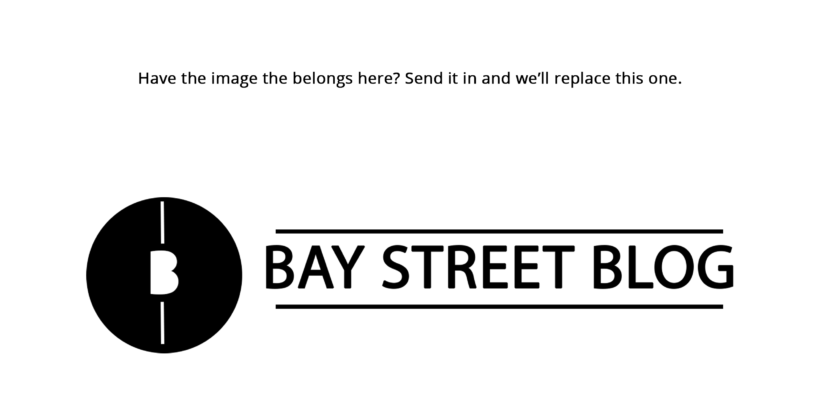SOM: Ranking the MBA Rankings Part 2
Share

Continuing on our “Ranking the MBA Rankings” series; Part 2 of the 3-part series focuses on the ranking giants in the industry and the specific pros and cons of their methods. Returning to the show is John A. Byrne, CEO of C-Change Media, a digital media company that owns and moderates the collegiate website ‘Poets&Quants’. Recently, John surpassed 50 million hits on Poets&Quants.com, make sure to take a look at the helpful content posted and congratulate him through his active LinkedIn.
On this episode of STATE OF MIND, host Krishna C. Nadella moderates a discussion where John provides insightful comments on each of the ranking reports and how they influence the marketplace of information. This insider knowledge is unknown to the general public so make sure to follow his quotes which are taken directly from the show!
U.S. News & World Report
Harvard Business School spends $31 million alone in tuition scholarship for only 1,800 students.
Harvard is able to scout the top candidates largely due to data that is mined from the U.S News MBA Report. Through scouting the top GMAT averages world-wide, schools then fight over these top students. Full merit scholarships are then allotted to these hard-working students. This report results in a mutually beneficial relationship between the candidate and the school, allowing strong candidates to find the right school and strong schools to find the right candidates.
Method: They collect standardized data across a large range of schools and this data is the best input on quality of candidates using statistics such as average GMAT (or GRE), GPA, and the acceptance rate of the school.
Pros: An incredible amount of information is pulled from the schools that can be standardized across the board. This creates a marketplace where the rankings compete against each other.
Cons: GMAT Score – it can be unfair to certain socioeconomic groups however it is very important since it is an overall indicator of the quality of candidates at a school. What it doesn’t show is the intangible aspects such as leadership capabilities, soft skills and so forth.
Forbes
MBA’s are about money. Money is good, greed is not.
The Forbes report spells out in the simplistic manner the return on your investment. Most applicants want to see that the MBA will be worth it in the long run– the Forbes report makes that possible. The focus of an MBA is the end result- what will it get you- and this report allows you to know your chances of getting the job and pay grade that you want, and whether or not it will all pay off in the long run.
Method: Rankings are based regarding the return on your investment. Statistics are generated through pre-MBA salary vs. post-MBA salary, how much the MBA costs and the payback period.
Pros: A very simplistic approach which gives a clear cut answer to which MBA’s will pay the most after graduation. It shows that having an MBA will increase your socioeconomic class substantially, no matter which school you attend.
Cons: It measures the immediate value of your MBA in a dollar amount and that of the degree 5 to 10 years down the line. Additionally, the intangible aspects of what you get out of these degrees are not found through the report.
Bloomberg BusinessWeek
Not going to say that my methods were better…. even though they were.
John light-heartedly jokes on how his survey was better when he first released it because at that time, he was the founder of the industry. His survey results were unbiased because the individuals completing the surveys had no idea that they were for rankings. Biases may arise when people know what surveys are for, whether purposefully or not.
Method: Surveys that use customer satisfaction through students, alumni and corporate recruiters for both global and US. New measures of data to be published in the rankings this fall.
Pros: It provides multiple rankings (U.S and Global). It incorporates both an alumni survey as well as a graduate survey. It also incorporates placement and salary data (concrete measures) – the new and updated ranking will come out in the fall of this year.
Cons: Harvard and Stanford by-and-large recognized as the best MBA rankings in the world. However, they have never actually been ranked number one – this leads to a credibility issue.
The Financial Times & the Economist will be featured on Part 3 of ‘Ranking the MBA Rankings’. Please discuss the questions below amongst your peers. In the next article I will give my perspective on the answers, summarizing the take away messages from the program.
- How is this information helpful for perspective applicants?
- How will it change the way we look at rankings?
- How does this better prepare for MBA School?
- How has this information changed your approach to applying to MBA School?
https://youtu.be/cY8lf3w2tTs
Stay tuned for Part 3 of the 3-part series with John A. Byrne, which will wrap up Season 1 of STATE OF MIND! Until then, “What is your State Of Mind?”
Writer: Bukhtar Khan
Host, STATE OF MIND with Krishna C. Nadella
Every Life Is A Book…Make Yours A Bestseller!
Disclaimer: All investing can potentially be risky. Investing or borrowing can lead into financial losses. All content on Bay Street Blog are solely for educational purposes. All other information are obtained from credible and authoritative references. Bay Street Blog is not responsible for any financial losses from the information provided. When investing or borrowing, always consult with an industry professional.








Bay Street Blog Newsletter
Click here to subscribe for a financial savvy experience.
Please check your email to confirm subscription!